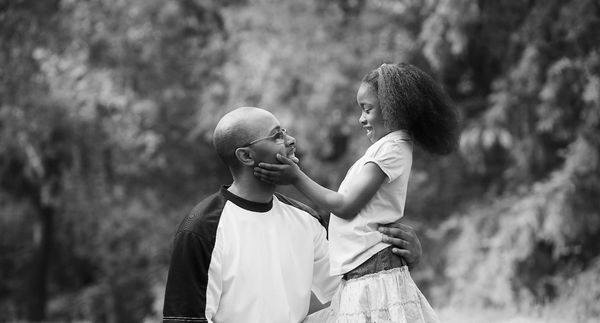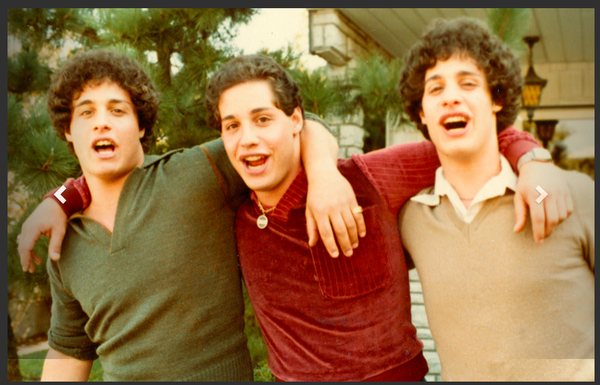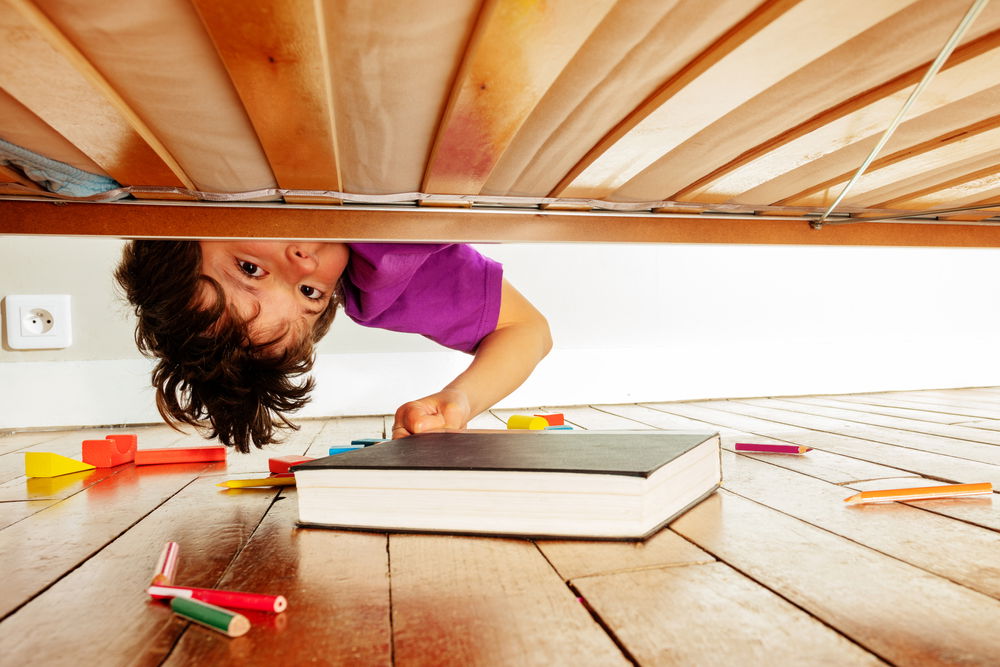Highlights
The “free-range kids” Rafi and Dvora Meitiv—whose parents were famously investigated for neglect after letting them walk home from a park alone in December—were picked up again by police on Sunday evening. Their parents, Danielle and Alexander, dropped them off at a park at 4 p.m. and told the ten-year-old and six-year-old to be home by 6 p.m. Instead, a passerby reported the unattended twosome to the police, who took them into custody. The parents weren’t informed until hours later. Facebook, Twitter, and the mommy blogs are up in arms over this turn of events. Were these children really in any danger walking a mile on the familiar streets of Silver Spring, Maryland? Of course not. So what can be done?
The Meitivs are reportedly considering a lawsuit, and no doubt it will require a legal change in order to ensure this won’t happen again. Maryland law says that children younger than eight must be under the care of a person who is at least thirteen. And police officers are required to contact Child Protective Services about violations. Indeed, in the current legal climate it is easy to imagine some police officer being sued or disciplined in some way for not reporting a violation.
But obviously the primary change that needs to happen is a cultural one. We have come a long way in restricting the freedom of children in the past century. As Jeffrey Dill documented on this site, the radius that children are allowed to travel outside of adult supervision has been dramatically reduced and, partially as a result of that, children spend much more of their leisure time inside rather than outside. It is easy to see the effects of all this on children’s well-being. Not only are they more physically flabby, they also seem to be more emotionally flabby—that is, dependent on adults for everything.
Certainly most of the parents I know recognize this problem, and most even think the impetus behind free-range parenting is a pretty good idea. So why don’t we—why don’t I?—send my kids to the park a mile away and have them walk home? I have a reasonably mature eight-year-old and six-year-old. Truth be told, I walk them to the bus stop at the end of the block every morning. I’m a little iffy on whether I trust them to cross the busy street themselves.
I would feel more comfortable having them wander around the neighborhood the way I did growing up if there were other kids wandering around the neighborhood. If there were other kids wandering around, there would be other adults occasionally peeking their heads out looking after them. (Some people think the days of wandering are over because there are fewer stay-at-home moms, but some of those losses are made up for by all the folks working from home these days.) If there were other children wandering around, drivers might behave more cautiously. Recognizing these dynamics, Lenore Skenazy, leader of the free-range movement, calls for “re-seeding the outdoors with children” and is putting eager parents in touch with likeminded families in their area to promote it.
I’m not one for organizing, but it seems to me that if the people of Silver Spring want to support the Meitivs and send a message to Child Protective Services, they should organize an “Everybody walk home from school by themselves” day. Or a “kids-only” afternoon at the park. This kind of effort would create the critical mass necessary to make parents feel more comfortable letting their kids go free-range. It would build up the confidence of kids and create the kind of “skills” kids need in order to be successful free-rangers. They can actually pay attention to what streets lead where, or they can start to wear a watch and learn how to keep track of time.
Maybe it seems counterintuitive that something called free-range parenting would have to involve a group effort. But for the kind of change we want to occur, it may actually take a village.
Naomi Schaefer Riley is a columnist for the New York Post, a senior fellow at the Independent Women’s Forum, and author of ’Til Faith Do Us Part: How Interfaith Marriage Is Transforming America.
















